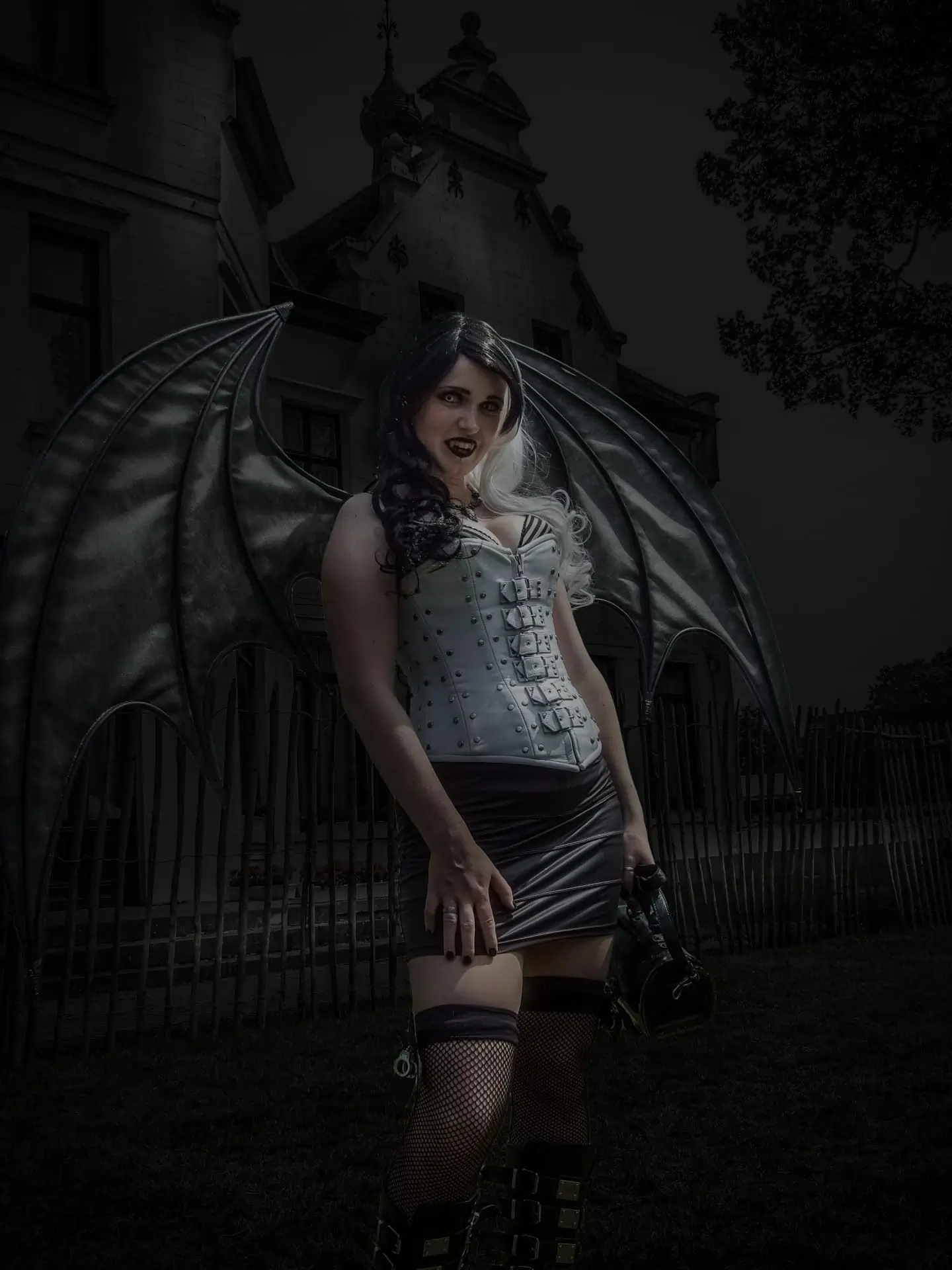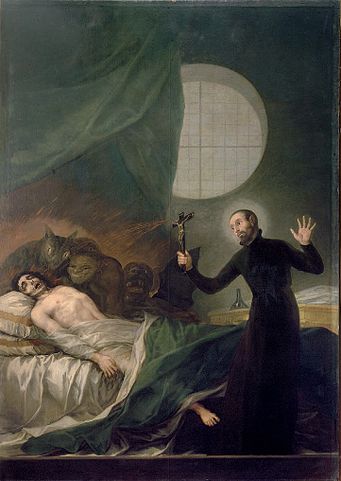
The Devil's Trill Sonata, also known as "Sonata in G minor for Violin, Op. 1, No. 4, B.G5", is a remarkable composition by the renowned Italian composer and violinist Giuseppe Tartini (1692-1770). This iconic piece, considered one of the most demanding in the violin repertoire, has gained worldwide renown not only for its technical complexity but also for the fascinating story that surrounds it.
The Devil's Trill Sonata was composed by Tartini in the early 18th century, likely between 1713 and 1714. This solo violin sonata consists of four movements: Larghetto affettuoso, Allegro moderato, Andante, and Presto, each demanding exceptional virtuosity from the violinist.
What particularly distinguishes this sonata are the rapid and intricate trill passages that unfold throughout the work, hence its evocative nickname. These trills, requiring great dexterity and extreme precision, pose a formidable challenge for performers, contributing to the reputation of the piece as a masterpiece of the violin repertoire.
The Legend of the Pact with the Devil
The legend surrounding the Devil's Trill Sonata adds a mystical dimension to this already remarkable work. According to tradition, Tartini had a dream in which he made a pact with the devil, asking him to teach him the violin. In this dream, the devil played music of transcendent beauty, from which Tartini awoke deeply inspired yet also frustrated by his inability to reproduce those divine sounds.
To express his frustration and fascination, Tartini purportedly composed the Devil's Trill Sonata, attempting to capture even a fraction of the music he had heard in his dream. The sonata is thus interpreted as a representation of Tartini's trials and torments in his quest for musical perfection, reflecting both the fascination and anguish of his dream experience.
In a legendary anecdote, the musician told the astronomer Jérôme Lalande about the genesis of this incredible sonata:
"One night, in the year 1713 I dreamed I had made a pact with the devil for my soul. Everything went as I wished: my new servant anticipated my every desire. Among other things, I gave him my violin to see if he could play. How great was my astonishment on hearing a sonata so wonderful and so beautiful, played with such great art and intelligence, as I had never even conceived in my boldest flights of fantasy. I felt enraptured, transported, enchanted: my breath failed me, and I awoke. I immediately grasped my violin in order to retain, in part at least, the impression of my dream. In vain! The music which I at this time composed is indeed the best that I ever wrote, and I still call it the "Devil's Trill", but the difference between it and that which so moved me is so great that I would have destroyed my instrument and have said farewell to music forever if it had been possible for me to live without the enjoyment it affords me."
Cultural Impact and Legacy
The Devil's Trill Sonata has become one of the most iconic pieces in the violin repertoire, performed and studied by generations of violinists worldwide. Its influence extends far beyond the world of classical music, inspiring adaptations, tributes, and references in various artistic media.
This work embodies not only the technical virtuosity and emotional expression characteristic of baroque music but also the power of myth and legend in artistic creation. The fascination with the tale of the pact with the devil has helped keep Tartini's memory and music alive, adding a layer of mystery and mysticism to his already impressive musical legacy.
Sources
Satanism - 17 mars 2024 - Rael2012 -  - Voir l'historique
- Voir l'historique





















